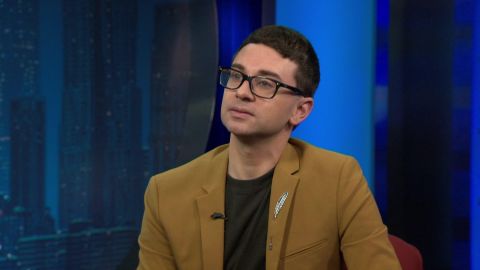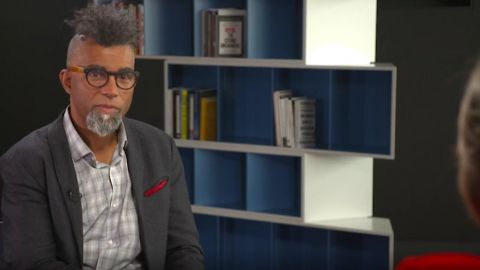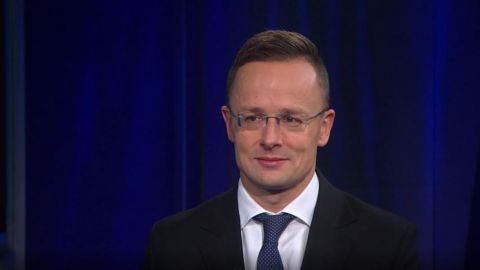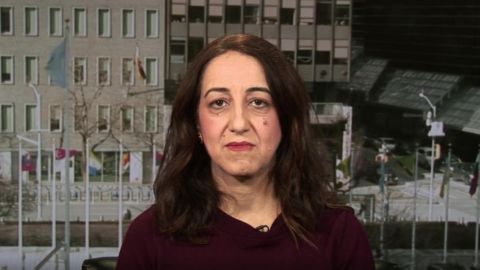Read Transcript EXPAND
CHRISTIANE AMANPOUR: Can you just sum up for us what you know from your contacts with Iranians or whoever, however you’re getting the information?
FARNAZ FASSIHI, NEW YORK TIMES REPORTER COVERING IRAN: What we know is that the gas price increased sparked protests, which were peaceful for about 24 hours, and then they turned out to be much more targeting, the regime rather than just an economic grievance. We saw that protests spread all across Iran, in cities big and small, from Shiraz and Isfahan to smaller towns, working class neighborhoods. And really, the majority of people who came seem to be in a young demographics of between 19 to 26, and most of them are pretty fed up with the Islamic Republic establishment and saying it as such. And Iran’s leadership took the extraordinary measure of shutting down internet across the country and basically opening fire on unarmed civilians. The death toll continues to climb. The numbers are anywhere between 208, that’s the latest Amnesty International number to our sources telling us that up to 450 people have been killed, thousands injured and 8,000 people arrested. This is an unprecedented level of violence and crackdown by the Islamic Republic in a very short period. We haven’t seen this kind of number since the revolution in 40 years.
AMANPOUR: So, you and I were both there in 2009, and we saw the so-called Green Revolution, where there was unprecedented protest against the regime. This was over a disputed election. And there were some deaths. But this seems to be so much worse. Why do you think the regime has responded in this way this time?
FASSIHI: I think the Islamic Republics’ leadership and regime is under pressure from multiple fronts. They’re facing very tough economic sanctions from the Trump administration. They are facing a budget deficit and a lot of tensions with the West. Their regional power and influence is being challenged in the streets of Iraq and Lebanon, where they thought that they had a grip on sort of political dominance there. And they did not want to be caught in a moment of weakness domestically.
AMANPOUR: You have had contact with people in certain province there about a particularly gruesome — I mean, it just sounds like an execution and some pictures have been coming out which show, I mean, really terrible things going on at close range.
FASSIHI: All the videos that came from Iran over the past — over the period of violence, which is about four days, showed security forces indiscriminately shooting from close range at unarmed protesters. Protesters who are throwing rocks were being shot down by machine guns, by security forces in uniform.
About This Episode EXPAND
Farnaz Fassihi joins Christiane Amanpour to examine crackdown against protestors in Iran. Péter Szijjártó discusses Hungary’s role in NATO and the country’s relationship with President Trump. Dread Scott explains his recreation of an 1811 slave rebellion. Christian Siriano tells Alison Stewart about some of his most iconic designs and why he’s happy to break the rules of fashion.
LEARN MORE



